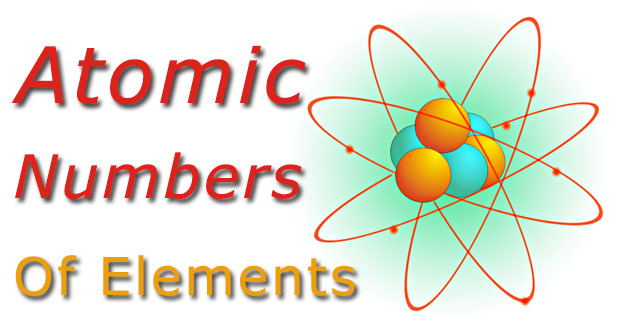
The atomic number or proton number (symbol Z) of a chemical element is the number of protons found in the nucleus of an atom. It is identical to the charge number of the nucleus. The atomic number uniquely identifies a chemical element. In an uncharged atom, the atomic number is also equal to the number of electrons.
The sum of the atomic number Z and the number of neutrons, N, gives the mass number A of an atom. Since protons and neutrons have approximately the same mass (and the mass of the electrons is negligible for many purposes) and the mass defect of nucleon binding is always small compared to the nucleon mass, the atomic mass of any atom, when expressed in unified atomic mass units (making a quantity called the “relative isotopic mass”), is within 1% of the whole number A.
As of August 2017, 118 chemical elements are identified. A chemical element or element is a species of atoms having the same number of protons in their atomic nuclei. Therefore, the elements can be listed by the number of protons in the atom of each element as listed below in alphabetic order. You can use the search box below or click on the index to search a particular element. To learn and test your knowledge in periodic table of elements, you may install the “Periodic Table Quiz” app from google play 

